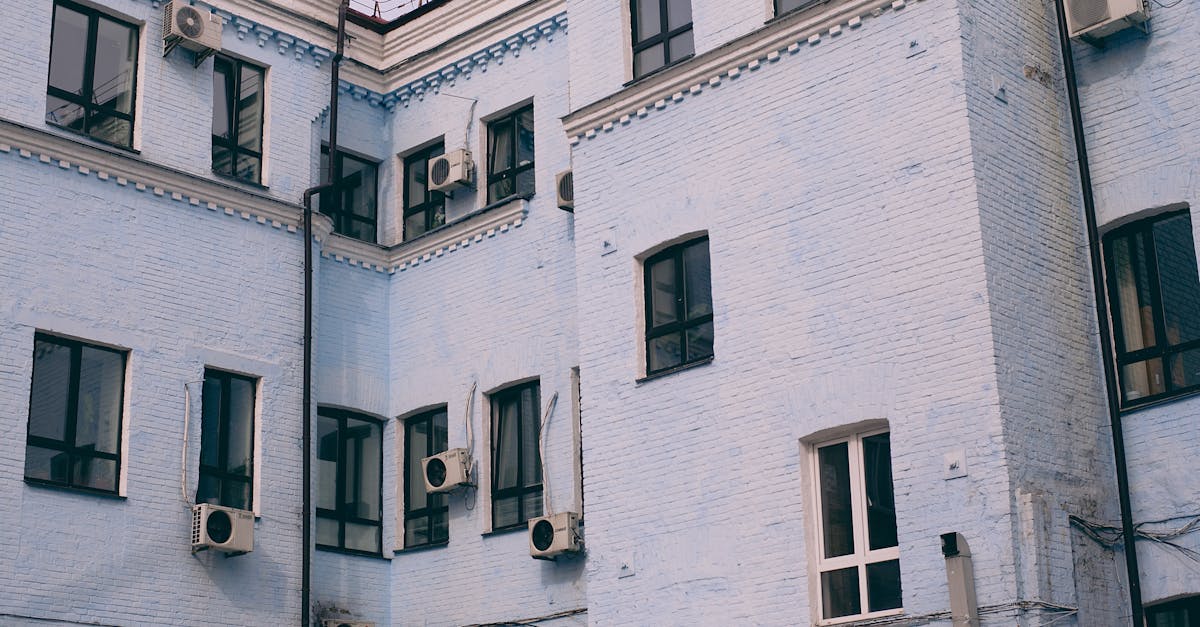Installation Process for Multi-split System Heating

Table Of Contents
Electrical Connections
To begin the electrical connections for the multi-split system heating installation, ensure that the power to the system is completely switched off to prevent any electrical accidents. Double-check the power source and confirm that it is safe to proceed with the electrical work. Prioritize safety measures by wearing appropriate personal protective equipment such as gloves and safety goggles.
Next, carefully follow the manufacturer's instructions provided in the installation manual to connect the electrical wiring between the indoor and outdoor units. Properly match the labelled wires to their respective terminals by referring to the wiring diagram. Take your time to secure the connections tightly to avoid any loose wiring that may lead to electrical faults in the system. Once the wiring is completed, reconfirm that the power source is still off before proceeding to the next installation steps.
Wiring the Indoor and Outdoor Units
After positioning the indoor and outdoor units in their designated locations, the next crucial step in the installation process is to wire them correctly. Begin by carefully reading the manufacturer's instructions to identify the specific wiring requirements for your particular multi-split system heating model. Remember to turn off the electrical power supply before proceeding with any wiring work to ensure your safety and prevent any electrical accidents.
moisture from the multi-split heating system is a critical step that should not be overlooked to guarantee reliable and efficient operation in the long run.
FAQS
What is a multi-split system heating?
A multi-split system heating consists of multiple indoor units connected to a single outdoor unit, providing heating and cooling to different zones in a building.
How important are electrical connections in the installation process?
Electrical connections are crucial as they ensure proper functioning of the multi-split system heating. It is essential to follow manufacturer's guidelines and hire a qualified electrician for safe and efficient installation.
How do you wire the indoor and outdoor units in a multi-split system heating?
The indoor and outdoor units are wired together using specified cables and connectors according to the manufacturer's instructions. It is recommended to consult a professional installer for correct wiring procedures.
What is involved in testing the system after installation?
Testing the system involves checking the functionality of each indoor unit, verifying the temperature settings, and ensuring proper communication between the indoor and outdoor units. Any issues should be addressed before finalizing the installation.
How do you check for leaks and proper functionality in a multi-split system heating?Heating And Cooling Tech
Zoning Benefits of Multi-split System Heating
Design Options for Multi-split System Heating Units
Cost Comparison: Multi-split vs. Single-split System Heating